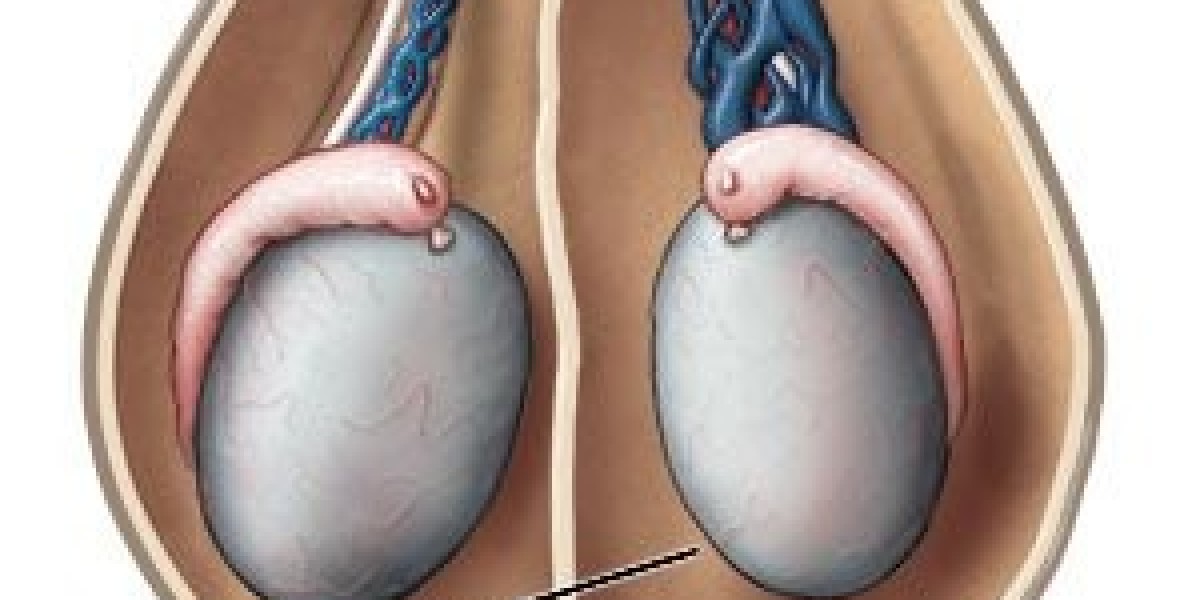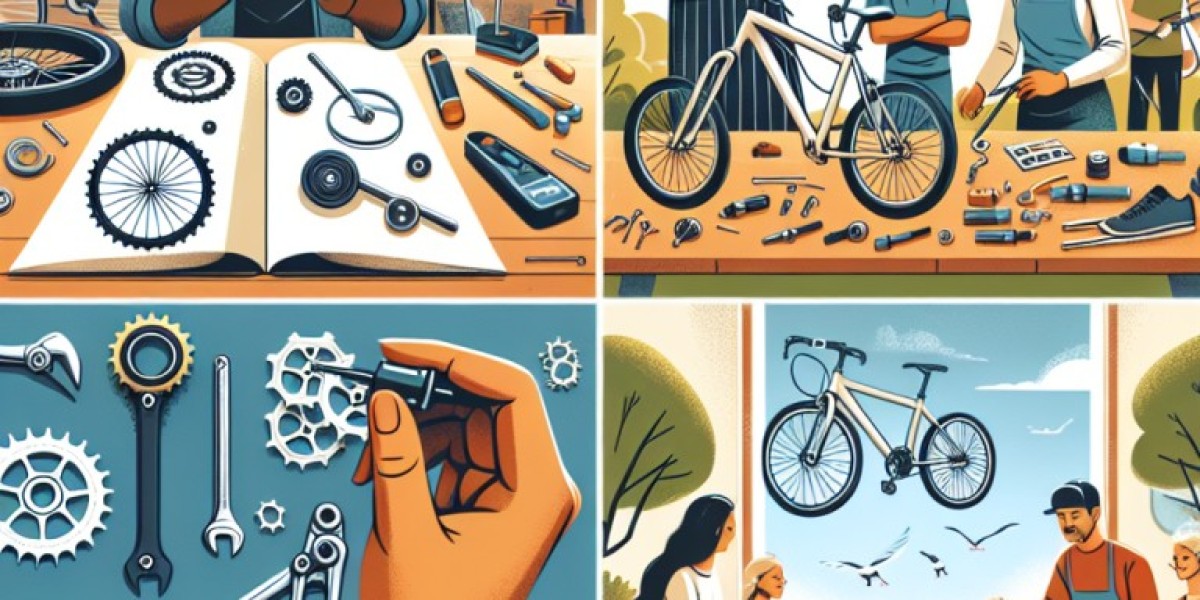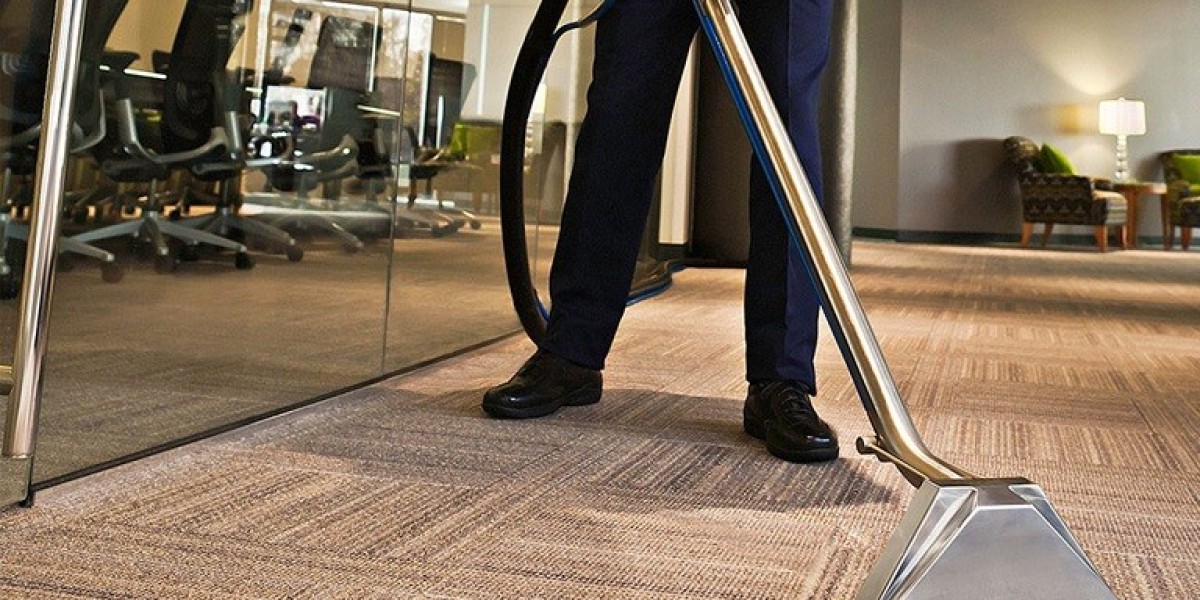Introduction
Varicocele Treatments are crucial for men who experience discomfort, diminished fertility, or testicular dysfunction due to enlarged veins in the scrotum. This condition affects a significant number of males worldwide, and understanding the most effective solutions can be life-changing. In this article, you’ll learn about the Top 7 Effective Varicocele Treatments: What Really Works in 2025, giving you a full spectrum of options—from home remedies to advanced medical procedures—for better health outcomes.
1. Lifestyle Modifications & Dietary Support
Balanced Nutrition & Anti‑Inflammatory Foods
A diet rich in antioxidants, vitamins, and minerals can support vascular health and reduce inflammation. Incorporate foods such as leafy greens, berries, nuts, lean turkey or chicken, olive oil, and omega‑3‑rich fish. At FlowCare, our varicocele diet plan emphasizes nutrients like vitamin C, vitamin E, zinc, and bioflavonoids to help strengthen vein walls and decrease swelling.
Regular Exercise & Weight Management
Consistent physical activity — such as jogging, brisk walking, swimming, or yoga — supports circulation and maintains a healthy body weight. Avoid high-intensity workouts that increase abdominal pressure (like heavy lifting) without proper breathing or technique.
Proper Support & Hydration
Wearing breathable underwear and staying hydrated helps improve blood flow in the pelvic region, supporting overall vein health.
2. Compression Wear & Testicular Support
Proper scrotal support can help reduce discomfort and swelling caused by varicocele. Compression underwear or athletic supporters maintain good vein positioning and assist with venous return, especially during activity or prolonged standing.
3. Herbal Supplements & Natural Remedies
While research is ongoing, certain supplements may help in varicocele management. These include:
Diosmin–Hesperidin blends: Flavonoids that support venous integrity
Grape seed extract / Pine bark (Pycnogenol): Natural antioxidants that may boost vein strength
Horse chestnut extract (Aesculus hippocastanum): Known to decrease vein inflammation
Ensure quality sourcing, correct dosage, and professional guidance before use.
4. Minimally Invasive Radiological Procedures
4.1 Varicocele Embolization
A non-surgical technique where a radiologist inserts coils or sclerosants to block faulty veins, redirecting blood flow to healthy veins. Recovering from embolization typically takes only a few days with minimal discomfort.
Ideal For: Patients avoiding surgery or under general anesthesia.
4.2 Sclerotherapy
Involves injecting a sclerosing agent into varicose veins, collapsing them and rerouting blood flow. While similar to embolization, it’s usually done under ultrasound guidance and may involve less technical complexity.
5. Microsurgical Varicocelectomy
Microsurgical subinguinal varicocelectomy is widely regarded as the gold standard. Under an operating microscope, the surgeon ties off dilated veins while preserving arteries, lymphatics, and the spermatic cord.
Advantages: Highest success rate, lowest recurrence, minimal complications.
Recovery: Most patients resume daily activities within a week; full recovery in 2–4 weeks.
6. Laparoscopic Varicocelectomy
A minimally invasive surgical option in which small abdominal incisions are made, and laparoscopic tools are used to seal off enlarged veins.
Advantages: Visibility of both sides (uni- or bilateral), shorter hospital stay.
Drawbacks: Requires general anesthesia and specialized surgical expertise.
7. Robot-Assisted Surgical Repair
Though still emerging in many parts of the world, robot-assisted procedures offer advanced precision via enhanced 3D imaging and improved dexterity.
Benefits: Greater surgical accuracy, especially in delicate areas; fewer complications like lymphatic damage or artery injury.
Considerations: Higher cost and limited availability currently.
Treatment Comparison Table
| Option | Success Rate | Recovery Time | Invasiveness | Cost |
|---|---|---|---|---|
| Diet & Lifestyle Changes | N/A | Immediate, ongoing | None | Low |
| Compression Support | Symptomatic | Immediate, ongoing | Non-invasive | Low |
| Herbal Supplements | Mild-moderate | Weeks | None | Low–Medium |
| Embolization | 85–90% | Days to 1 week | Minimally invasive | Medium |
| Sclerotherapy | 80–85% | Days to 1 week | Minimally invasive | Medium |
| Microsurgical Varicocelectomy | 95–98% | 1–2 weeks | Minor surgery | Medium–High |
| Laparoscopic Surgery | 90–95% | 1–2 weeks | Minimally invasive | Medium–High |
| Robot-Assisted Surgery | ~95%+ | 1–2 weeks | Minimally invasive | High |
Choosing the Right Treatment for You
Severity & Symptoms
Mild/no symptoms: Lifestyle, compression, and diet may suffice.
Pain, fertility concerns, or vein enlargement: Consider medical interventions.
Age & Fertility Goals
Young men planning families: Higher success, lower relapse—microsurgery or embolization.
Older men or non-fertility concerns: Non-surgical options may be preferred if comfort is sufficient.
Medical & Personal Factors
Embolization may suit those avoiding anesthesia.
Robotic or laparoscopic surgery suits patients needing fast recovery with minimal impact.
Always talk with a urologist or vascular specialist to create an individualized plan.
Ongoing Follow‑Up & Lifestyle Habits
Regardless of the treatment chosen, follow-up is key—most doctors recommend scrotal ultrasounds 3–6 months post-treatment. These help track vein closure and detect early signs of recurrence. Continually nurturing a healthy lifestyle, balanced diet, regular exercise, stress reduction, and proper hydration also play essential roles in long-term success.
Link to Further Reading
Learn more about nutritional strategies and meal plans at FlowCare’s Varicocele Diet page.
Conclusion
When it comes to varicocele, the Top 7 Effective Varicocele Treatments: What Really Works in 2025 are:
Diet, exercise, and scrotal support
Herbal and supplemental support
Minimally invasive embolization or sclerotherapy
Gold-standard microsurgery
Laparoscopic or robot-assisted options
These treatments range from conservative to advanced, with success rates up to 98% in well-managed cases. With guidance from specialists and tailored care, many men experience significant improvement in symptoms, fertility, and overall quality of life. If you're struggling with varicocele, act proactively today—explore options, coordinate with a healthcare provider, and take the next step toward comfort and health.



